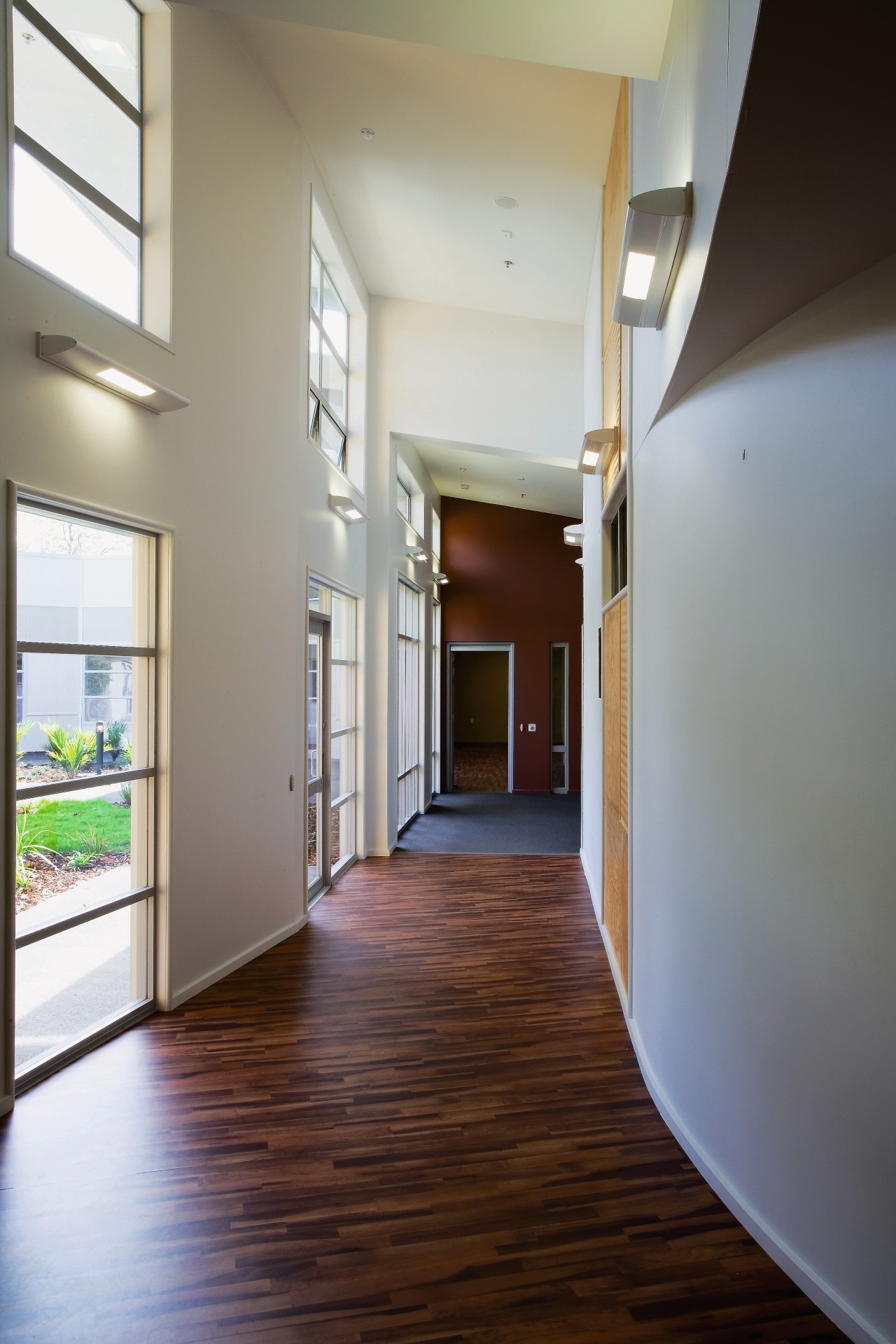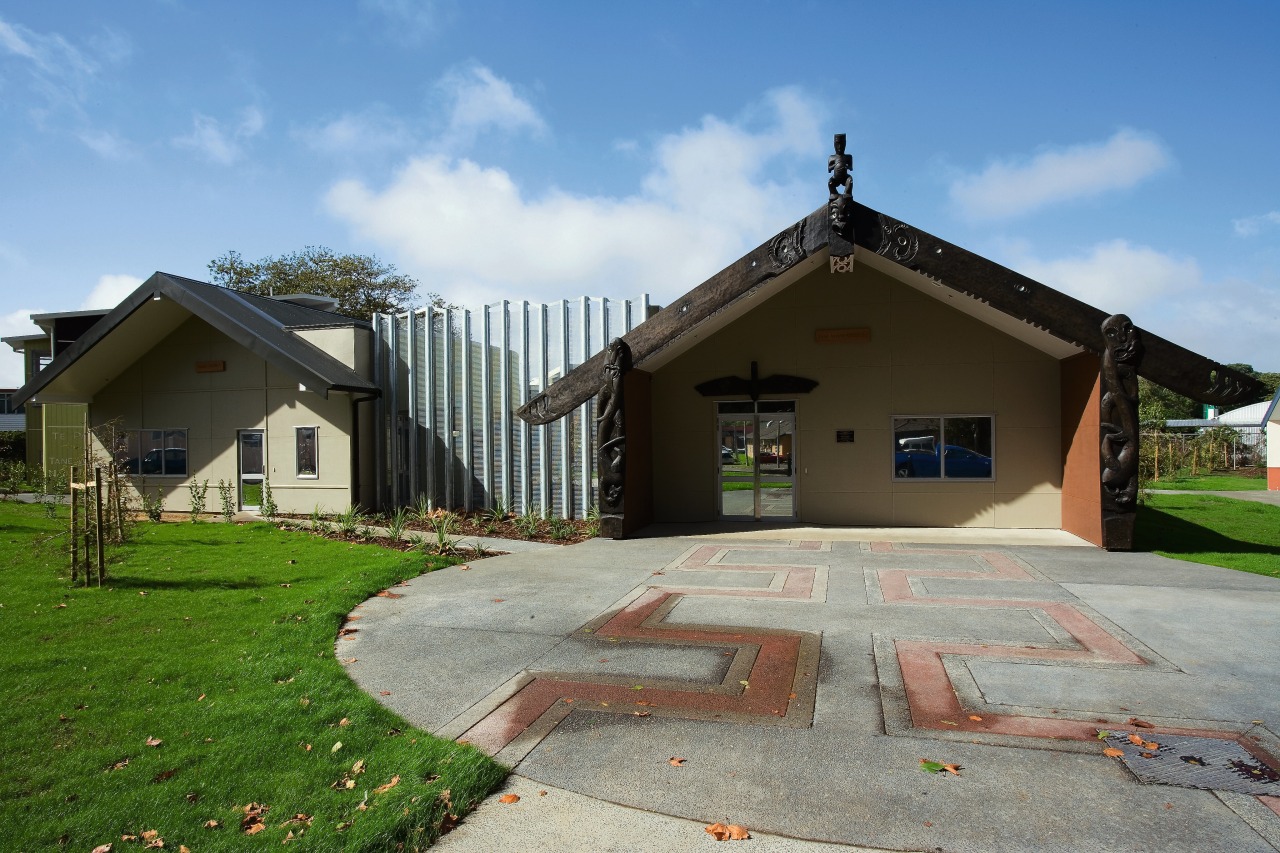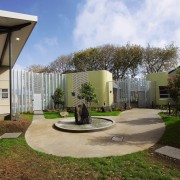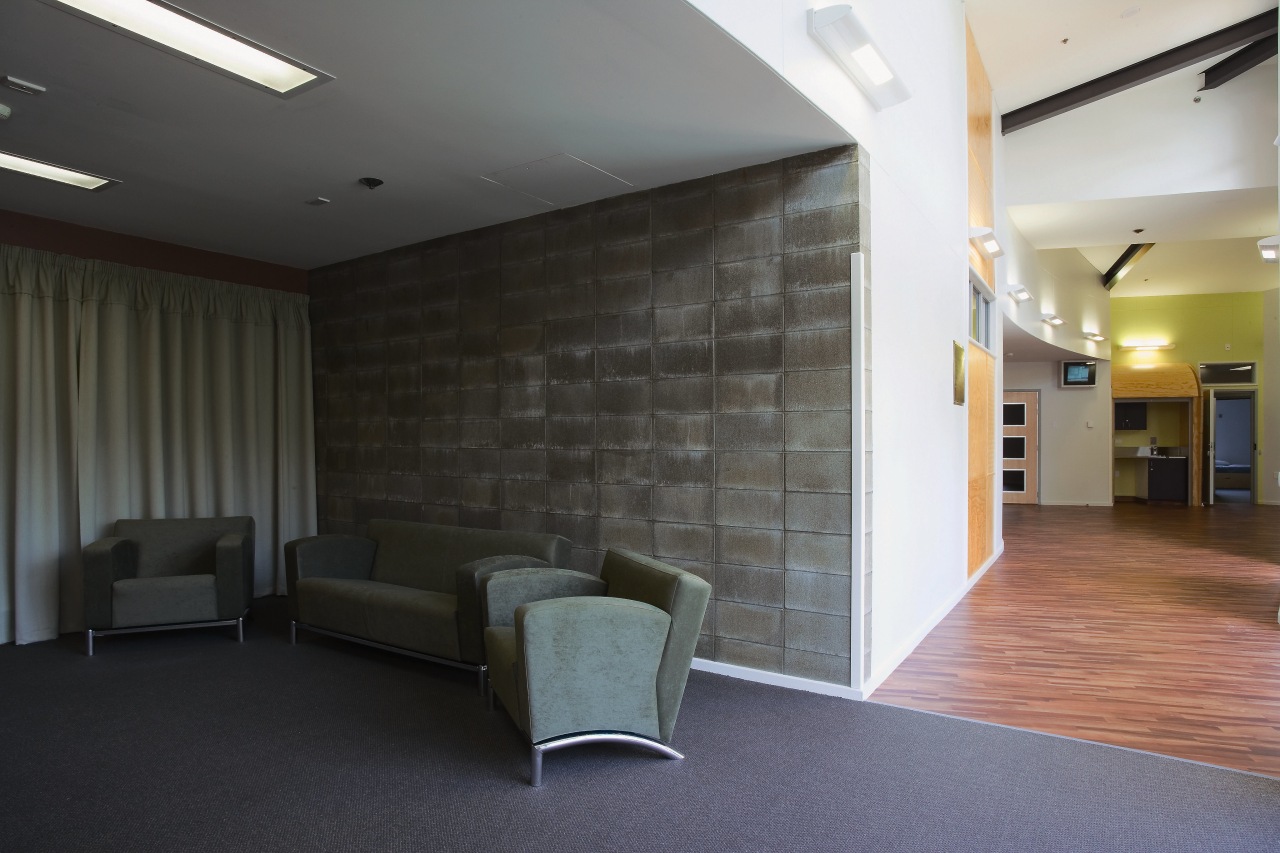Cultural support
The new Kaupapa Maori forensic mental health unit at the Mason Clinic merges clinical needs with cultural identity
Alongside its clinical regimes, a mental health facility may best serve its patients by taking a holistic approach. An environment that reinforces a patient's sense of self through cultural identity can bring strength and solidarity for many who may be required to live in the facility on a long-term basis.
This is the approach taken at the new Kaupapa Maori forensic mental health unit at the Waitemata District Health Board's Mason Clinic. The unit provides assessment and treatment for people charged with criminal offences who may have a mental illness. The Kaupapa Maori unit, designed on Maori values, provides a nurturing environment that merges clinical needs with a strong sense of Maori culture. Designed by architectural firm Maunsell, the unit had specialist input from the Mason Clinic Taumata (advisory) group and renowned Maori architect Rewi Thompson.
Melanie Mason was project architect on the ground-breaking unit and explains ways in which culture shaped the medium-security forensic unit.
"The 10-bed facility addresses cultural identity at the fundamental level of its layout," she says. "Built with the visible characteristics of a marae, the unit comprises a whare hui (meeting house), a whare kai (dining house), a three-bed female ward, seven-bed male ward, a clinical centre, high-care ward, and nurses' station. An inner courtyard, a Te Puna Wai Ora Atea, invites the natural elements of wind, light, water, rain, warmth and growth to contribute to the unit's holistic nature."
The surrounding buildings provide a sense of comfort and protection, much as a korowai (cloak) might protect an individual.
"Due to clinical and security constraints, the traditional village layout is adapted slightly, with individual buildings connected by intermediary lounges," the architect says. "However, the architecture downplays these connections to retain the overall feel of separate structures."
The lounges are stepped back slightly from the main buildings, and have cut-back roof lines, different cladding, are in different colours, and have contrasting window orientations.
While recognising Ngati Whatua as the first tribal inhabitants of the area, the unit was conceptually designed to connect with all tribes. For this reason, the Ngati Whatua carvings on the whare hui, along with its name Tane Whakapiripiri, depict the generic Maori story of creation. The descent lines of the creation story link directly to elements of the environment and therefore to all tribal groups.
The formal entrance to the papakainga (village) is through the whare hui, which stands alongside an existing meeting house within the Mason Clinic.
Alongside the new unit's whare hui, the whare kai is stepped back in keeping with traditional Maori concepts of relative eminence. Beyond these traditional gabled roof structures, the other more utilitarian areas have contemporary monopitch roofs, with the upper end of the roof looking inwards, partly so it can not be climbed.

Issues of culture and safety are carefully integrated throughout the facility for example, the whare hui incorporates reflective glass, providing a degree of openness for its occupants and security through locked doors and fixed windows.
"Part of the design brief for the unit was a strong connection to the environment, including ample natural light," says Mason. "Wherever possible, natural materials were used for the cladding and the buildings were oriented to maximise natural light. A double-height connecting corridor runs through most of the structures and its ample glazing ensures light-flooded interiors."
Some of the unit's safety and clinical elements follow guidelines already tested in other institutions. Maunsell has created several forensicsafe facilities, including existing units at the Mason Clinic. Another facility, commenced after the Kaupapa Maori unit, is near completion.
"This facility, however, is a unique entity," says Mason. "Behind the scenes, clinical needs and various degrees of security and psychiatric care are catered for. In the foreground, a reassuring Maori marae greets the eye. Even the high fences are loose interpretations of Maori pole fences, with the poles linked by mesh which still allows visual connection through the spaces a consideration for both security and a Maori sense of an open community."
Credit list
Architect
Interior design
Main contractor
Carver
Landscaping
Cladding
Hardware
Flooring
Acoustic panels
Ceiling
Paints
Heating
Security systems
Consultant architect
Project manager
Civil and structural engineer
Quantity surveyor
Fire consultant
Roof
Joinery (cabinetry)
Blinds, drapes
Wall linings
Fabrics
Veneers
Lighting
Bathrooms
Story by: Trendsideas
Home kitchen bathroom commercial design
Classic looks, contemporary efficiency
Personality plus
Diving into nature











